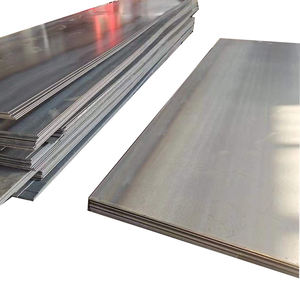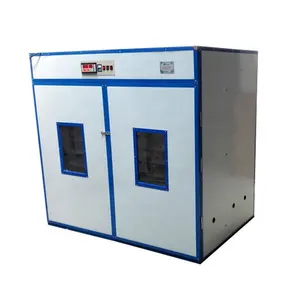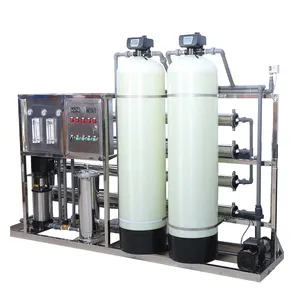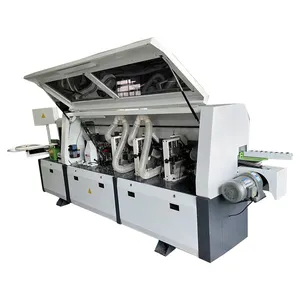Popular in your industry
























































































































































































Top categories
About automatic flex plate
An auto flex plate serves as a crucial component in an automatic transmission system. It connects the engine's crankshaft to the torque converter, allowing seamless power transfer and accommodating the engine's rotational forces. The auto flex plate's design features a circular metal plate with a central hub that attaches to the crankshaft. It includes a ring gear around its outer edge, engaging with the starter motor's pinion gear to start the engine.
Materials of an automatic flex plate
Auto flex plates are primarily made of high-strength steel, offering durability and resilience to the demanding conditions within the transmission system. The steel used in manufacturing auto flex plates is often heat-treated to further enhance its strength and resistance to wear. The precise material composition may vary depending on the specific performance requirements of the transmission system and the targeted application, such as in standard vehicles or high-performance cars.
Many auto flex plates feature a thin design to reduce weight without compromising structural integrity. This design optimization is particularly beneficial in enhancing the transmission's overall efficiency and responsiveness. Moreover, the auto flex plate's thin construction contributes to a more compact and space-efficient transmission system, a crucial consideration in modern vehicle design and engineering.
Applications of a car flex plate
Auto flex plates are essential in the operation of automatic transmissions, making them integral to a wide range of vehicles, from everyday commuter cars to high-performance sports vehicles. In addition, these components are commonly used in trucks, SUVs, and other types of automotive applications where automatic transmissions are preferred. They are especially critical in heavy-duty and towing vehicles, where the ability to handle substantial torque and load is paramount. Additionally, auto flex plates find application in various industrial and commercial machinery, contributing to reliable power transfer in automated systems and equipment.
Installation of an auto flex plate
Installing an auto flex plate requires a systematic approach and adherence to specific guidelines to ensure proper functionality and alignment within the automatic transmission system. Key steps involve accurately aligning the flex plate with the torque converter, ensuring all mounting bolts are properly torqued to manufacturer specifications, and confirming the ring gear's engagement with the starter motor.
Several tools are commonly used in the installation process of 4l80 flexplates, including torque wrenches for precise bolt tightening, alignment tools to ensure proper positioning, and inspection tools for assessing the component's integrity. Due to the critical role of the ls flexplate th400 in the transmission system, following the manufacturer's installation instructions and torque specifications is essential to prevent issues such as misalignment, imbalance, or premature wear.

































































